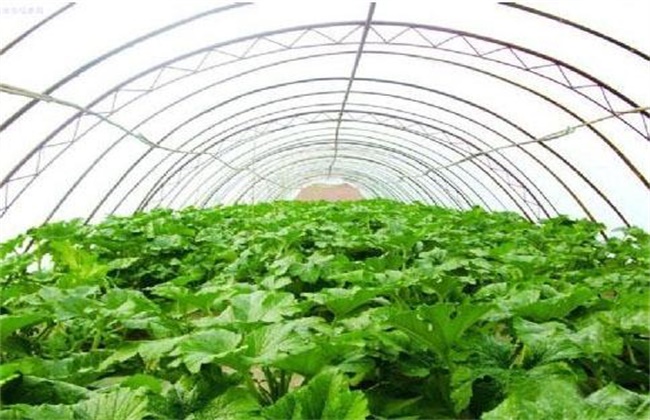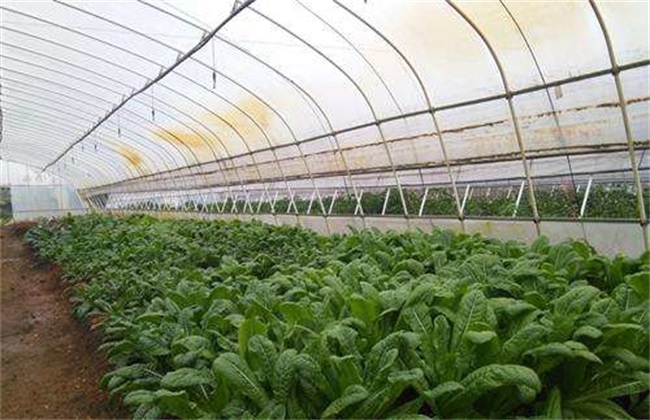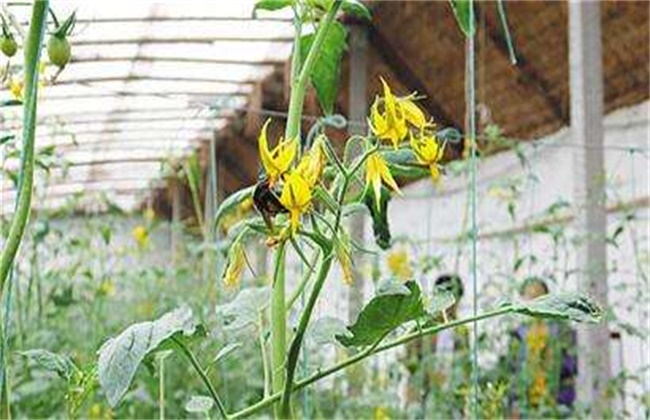Key points of fertilization for out-of-season vegetables
In order to grow vegetables out of season, it is not only necessary to do well the hardware equipment such as greenhouse and solar greenhouse, but also the fertilization technology is very important. There is still a little difference between off-season vegetable fertilization and seasonal fertilization. Next, let's take a look at the key points of fertilization for out-of-season vegetables with the editor.

1. Determine the amount of fertilizer applied economically.
Determine the economic fertilizer application amount to meet the vegetable demand as the premise, according to the market yield level, soil fertility level calculation, for example, when soil nutrients can meet the vegetable demand, in order to ensure the intensity of fertilizer supply, fertilizer application can be calculated according to 20%-40% of vegetable output. Chlorine fertilizer is generally not used when fertilizing, volatile nitrogen fertilizer should not be used, nitrate ammonia should be controlled as far as possible, vegetables with short growth period or harvested from roots, stems and leaves can be used 12%-13% nitrogen fertilizer, all phosphorus, potassium and micro-fertilizer as base fertilizer, nitrogen fertilizer can be used as topdressing in the peak growing season.
2. Heavy application of organic fertilizer
The mature high-quality organic fertilizer should be selected as the base fertilizer one month before the shed, the general application amount is 1-1.5 times that of the field, and at the same time, deep ploughing year by year, thickening the tillage layer and improving the soil structure. In order to prevent ammonia and nitrous acid gas poisoning, organic fertilizer must be rotten, especially chicken manure. Farm manure is forbidden to be stacked in the shed for a long time, which can be used with organic fertilizer and inorganic fertilizer, or a part of inorganic fertilizer can be extracted for foliar spraying, which is more economical and economical.
3. Solve the salt damage.
Salt-damaged plots can be solved by planting salt-tolerant vegetables such as cabbage, spinach, pumpkin, celery, cauliflower, or using high-quality organic fertilizer. in addition, it is also very effective to change soil to remove salt or irrigate soaked fields.
The above is the introduction of out-of-season vegetable fertilization, hope to help you, want to know more related knowledge, please pay attention to us.
Related
- Where is it suitable to grow horseradish in China? it is expected to see the middle altitude horseradish in Alishan.
- How to prevent tomato virus disease reasonably? (Control methods included)
- Many people like to plant towel gourd on the balcony. What are the main points of this method and management?
- What crops can chili peppers be mixed with?
- Fertilization techniques and matters needing attention in Tomato
- What are the grafting techniques for peach seedlings in spring?
- Harm and control methods of root swelling disease of Chinese cabbage
- What are the pests of sweet potatoes? How to prevent and cure it?
- Symptoms, causes and Control methods of navel Rot in Tomato
- The cause of "Cucumber rotten bibcock" in Farmers' planting Cucumber and its Control Plan



